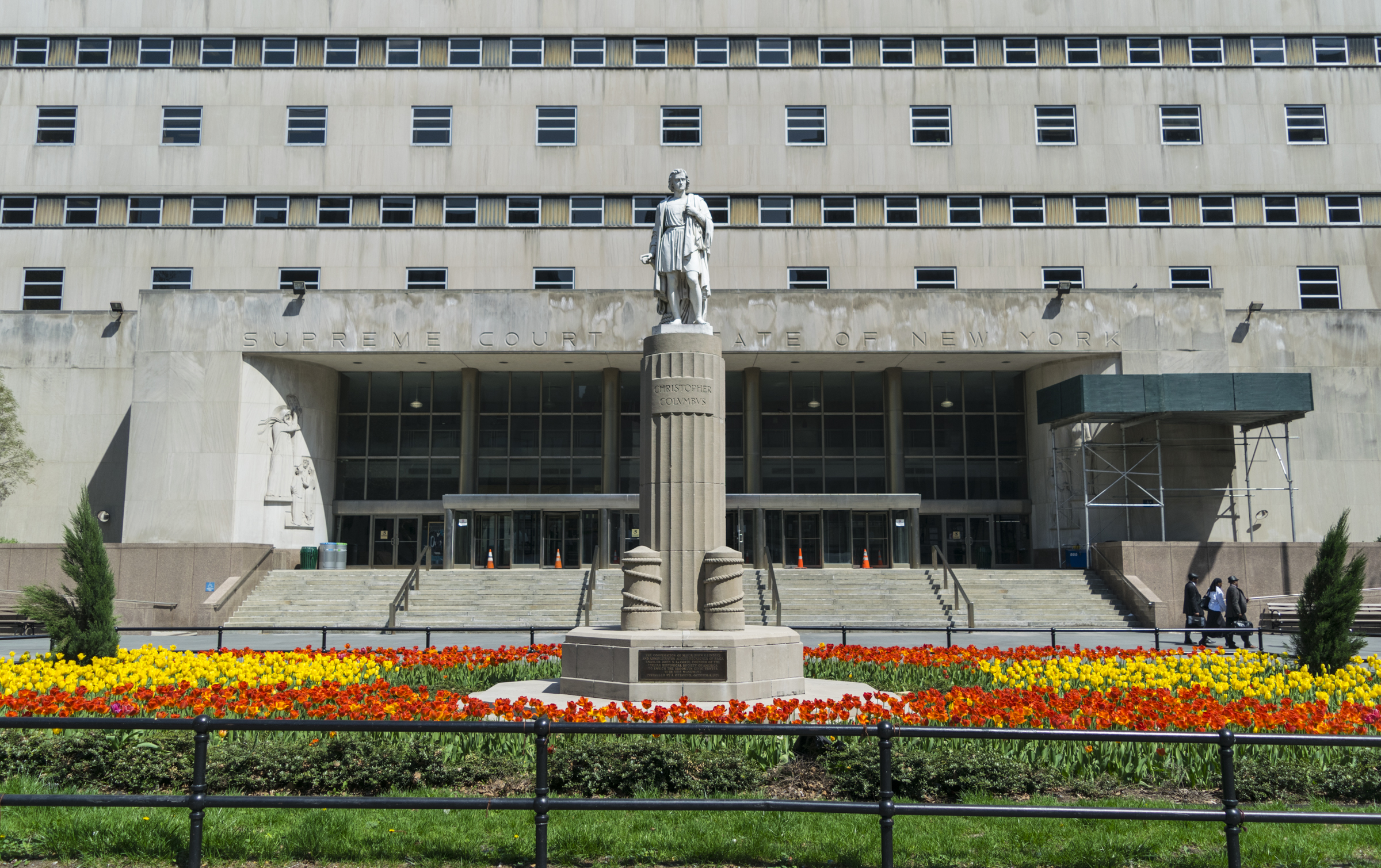Chief judge’s state constitutional amendments aim to modernize the judicial system
Resolution must pass state legislature and get thumbs-up from voters

New York State’s Chief Judge Janet DiFiore announced a proposed amendment to the State Constitution on Wednesday that would implement sweeping changes to the court system — reducing it from 11 separate trial courts to a three-level system with Supreme, Municipal and Justice Courts.
For this proposal to be enacted, it would have to pass through both bodies of the state legislature and then would have to be put to the voters as a ballot referendum, likely in 2021.
“We are long overdue to amend our State Constitution to create a streamlined trial court system, a structure organized in a manner that most effectively and efficiently addresses the modern-day justice needs of New Yorkers,” DiFiore said in a statement.

Brooklyn Boro
View MoreNew York City’s most populous borough, Brooklyn, is home to nearly 2.6 million residents. If Brooklyn were an independent city it would be the fourth largest city in the United States. While Brooklyn has become the epitome of ‘cool and hip’ in recent years, for those that were born here, raised families here and improved communities over the years, Brooklyn has never been ‘uncool’.